Saltwater Hard Bait Fishing 101
Hard Jerk-bait fishing can be deadly productive for targeting Calico Bass as Southern California’s waters begin to warm.
SUMMER DRAWS NEAR!!!
As the water warms throughout Southern California ,calico bass migrate from their deep water winter haunts to the shallow structure that comprises what truly makes calico bass fishing so exciting. Fishing the skinny water structure, be it boiler rocks, kelp stringers, or isolated patches of grass, is what many of us believe to be some of the most challenging, yet rewarding methods to target saltwater bass. Traditionally, fishing these structures has been done with lures such as swimbaits and iron jigs; however, in the past decade we’ve seen a promulgation of new tactics to target these fish. Many of such tactics have been adapted from the largemouth bass scene, such as using spinnerbaits, football jigs, slugs, and jerkbaits. When bass roam these shallow water areas, anglers are presented with the opportunity to jerk and rip hard baits. For those us on the IMA and DEPS pro-staff, we’ve been given the opportunity to fish some of the most innovative and effective hard baits from Japan .
NEW BEAST FROM THE EAST: IMA HARD BAITS
Ima Japan is one of the most prestigious hard lure manufacturers throughout Japan . Ima earned its reputation by creating an extremely extensive and premium product line up for both fresh and salt water. The Ima brand was launched throughout Japan in April of 1998, capturing the inshore market. Almost immediately, Japanese anglers realized the Ima hard bait’s fish catching ability and made it one of Japan ‘s best selling lures, reaching the 500,000-unit mark since its debut. The Ima lures are consistently the best selling saltwater hard baits in Japan .
Ima originates from the first three letters from the English word “imagination”. Ima feels that an angler will always make their imagination work for them, and they will always enjoy the process of doing so. Ima is dedicated to assist the angler with their imagination and provides lures that produce excellent results. Their product development is thus motivated on keeping the angler’s trust and imagination sharp.
The Ima brand prides itself for being the leader in lure innovation. Ima designers possess degrees at top Japanese Universities in either Marine Studies or engineering degrees specializing in CAD systems. This coupled with being hardcore fisherman enables Ima to get a concept – to a prototype – to a perfected lure at record speeds with the utilization of CNC machines.
JERK BAIT TACKLE
When it comes to fishing jerkbaits, there’s a long-standing argument of which is better: a spinning or casting outfit. From our experiences, it boils down to what the angler is most confident in. Some anglers fish casting outfits, others insists on left handed casting outfits, while some are adamant about fishing spinning tackle. Simply stated, fish whatever style tackle allows you to work the bait with ease.
Be it spinning or casting, there are a few constants with regards to tackle:
Rods: The length of the rod is dictated by the anglers’ casting ability, height, and the anglers’ boat. Longer the rod, the further you cast, but the harder it is to work the bait from a boat that sits low to the water. You want the rod as long as possible, but just short enough to where your rod tip is not dragging in the water on the Jerk Pause technique when your rod is pointed downward. Long, limber rods are important for the same reason as in fishing crankbaits. They act as shock absorbers and aid in keeping fish pinned when a fish has not taken the bait completely.
Regardless of the length, you want to look for a rod with a fast taper tip. With a light tip, the rod will smooth out the jerking action to some degree so the bait moves more natural. And a light tip is better to play the fish since the smallish hooks leave something to be desired in a power struggle. This is true for most of your jerkbait fishing; however, when “Ripping” jerkbaits, a tactic discussed later in this article, you want a rod with a stiffer tip and moderate action, which gives the rod a better chance to recover after each jerk, and prior to the next jerk.
Reels: Generally, selection of spinning reels is simple. You want something in the 3000 size, it has a large enough line capacity, without being too heavy and bulky to cast all day. Something like the Shimano Sustain 3000 is perfect.
As far as baitcasters, you want to look for something that is low profile with at least a 6:1 retrieve ratio. Trying to jerk or rip while gripping a large reel all day can wear your wrist out. Many of us use Shimano Curado 300s or 200s.
Line: Preferably, you want to fish the smallest diameter line possible, in order to assist the bait in reaching its maximum running depth. However, when you’re fishing tight to jagged rocks and interweaved stands of kelp, light line doesn’t bode too well to landing fish. This is where spectra comes into play. Generally, we fish 50lb spectra attached to a 3-4 ft. section of 20-25lb fluorocarbon, which serves as a shock absorber against the no-stretch spectra.
Cross – Snaps: IMA baits, and many Japanese jerkbaits do not come with split rings attached to the lure. The jerkbaits are designed to be fished on Cross-Snap or Duo-Snaps. By utilizing the cross-snaps, anglers can change baits easily and impart more action on the bait. 30-40lb rated Cross-Snaps are more than sufficient.
FAVORITE BAITS
IMA FLIT: 120mm in length, with a 6-8 running depth. The Flit features a Triangular Internal Chamber system: This unique system maximizes sound by ricocheting BBs at constant angles. The high pitch, small BBs, replicates the sounds made by herring and smelt. The Flit is flat sided, with a wider back, a common shape of baitfish resembling in the herring family. We recommend switching out hooks to saltwater hooks.
IMA GENE: Features small lip and slim profile for erratic darting action.
IMA HEAVY SURFER: This minnow is 4inches long and weighs 1 oz. The action is similar to that of a small iron such as the Tady A1.Great bait to cover the different water columns alongside the kelp. Smaller profile and the ability to fish the bait slowly and at depth is very beneficial if the fish are finicky or sluggish or if the water is cold.
DEPS BALISONG MINNOW: This is a larger profile bait with measurements of 5.5inches long and 1 oz. in weight. The Balisong Minnow is slow floating and is designed to produce a fast body roll and is real effective because of its flash. They have an excellent real foil finish color lineup. They are equipped with 3 #4 owner black chrome hooks.
IMA SASUKE: The Sasuke is by far one of our favorites because of its ease of use and productiveness. The head design is slanted in shape and acts like the lures lip causing it to roll and vibrate tightly and frantically on the retrieve.
CADENCE, CADENCE, CADENCE
Jerk Baits, by design, are reaction lures. They blend the best of attracting and triggering properties. Since they resemble the profile of a baitfish, bass will strike readily. The quick action of the jerk, sometimes combined with splash if worked on top, can attract fish from long range. With its many variations, jerk baits can be fished in several situations, depending on the mood of the fish and the particular bait and tactic you use.
When working jerkbaits, there are 3 general methods in which we fish, (1) Standard jerk and pause, (2) Ripping, and (3) Drawing. No one method out produces the other. Rather, it’s imperative to let the bass dictate how they want the presentation. Pay close attention to your retrieve methods and don’t be afraid to experiment.
Standard: To work a jerkbait correctly, one must fish the bait on a semi-slack line. By fishing the bait on a semi-slack line, you allow the rod tip to attain almost top speed before the line tightens and moves the bait. This tip speed allows the bait to “instantly” move from a dead stop much like a baitfish floors it from 0 to 60 when spooked. Cast your bait, and begin with a few reel cranks in order to get the bait down to the depth that you want to work your bait. We generally start retrieving the lure using a single long stroke, followed by two or three short jerks, and a pause of the lure. This process is repeated till the lure is all the way to the boat. Many times, a strike will occur in relatively short distance away from the boat. If you see a bass following the bait but refusing to strike then you will need to change your retrieve speed. Most of the time in clear water, you will see followers that turn away. It means you are working the bait too slow.
Ripping: Ripping is a great method to employ when fish are active. Plus, it’s a method, which allows the angler to cover tons of water. Ripping generally involves a bit larger of a jerkbait, preferably something in the 120 or 130mm length. Similar to the standard retrieve, ripping is simply done at a faster pace, with a shorter pause. Generally, we make longer sweeps with the rod, with short quick jerk intermittently throw in. There is no need to worry about maintaining slack in the line with this presentation. This is a big fish technique, thus the heavier tackle required, and strikes are generally violent.
Drawing: This tactic is generally used when the bass are not that active or the water has recently rolled over. Again, start with a few cranks of the reel to allow the bait to reach its depth. Once at the depth you wish to work, you begin by dragging the rod tip along slowly in order to feel the bait faintly wiggle in the rod tip. There is no jerking or ripping involve. You simply drag the bait a few feet and let it sit with slack line for as long as you can. Most of your strikes will occur while the bait is sitting, or on the begging of the drag after an extended pause.
Since jerkbaits have exposed hooks, snags are inevitable. When snagged, try giving the bait some line. Many times the lure will free itself from whatever it is snagged on. Numerous bass have been caught right after a bait is freed from a snag.
Warm Water + Structure = Calicos!
It can’t be emphasized enough, how much structure plays an important role in saltwater bass fishing. Bass are very structure orientated fish, especially calico bass. Luckily, for those of us who live in Southern California, we’re blessed with a coastline dotted with boiler rocks, kelp stringers, and shallow water reefs. From San Diego to Santa Barbara, each area presents itself with challenges waiting to be tamed by those willing to take the risk and fish tight to structure.
However, fishing such structure brings with it a certain degree of danger. Every year we seems to hear about a boat taking a wave and hitting the rocks, or worse yet flipping or ending up on the beach, only to sacrifice tackle and boat to the sea.
Therefore, it is imperative for those who are new to this style of fishing to familiarize themselves to the area prior to entering shallow water. When venturing to areas we’ve never fished, we will generally sit outside the swells and watch the area for a few minutes, watching the direction of the swells, mapping the structure, and planning an escape route from the area. Only when we feel confident in fishing that area, will we venture inside. Although most anglers who target these areas have trolling motors on their boats, it’s imperative to leave the big motor on, in the event it is necessary to make a quick exit from the area.
Simply stated, anglers need to plan, watch, and be mindful of their surroundings!!!
CONDITIONS
There are certain conditions that play an important role in calico fishing. (1) Water Color, (2) Water Temperature, (3) Current, (4) Structure
Water Color: Warmer water generally means more aggressive fish throughout the water column. Cooler water, especially cooler water encountered after the water has recently rolled over, will result is sluggish fish, which will be hunkered down closer to the structure. Cooler water will force anglers to slow down the speed of retrieve, or even use the draw method discussed above.
Water Color: Water color can play a significant role in shallow water jerkbait fishing. Generally, off-colored water is best for calico fishing, while gin-clear water may mean tough fishing. Blue/Greenish, White wash areas, and Brownish/Greenish waters are the areas that you want to focus more attention on. Water color also dictates the color of your baits. In off-colored water we generally use darker colored baits such as Brown Flash, Gold Flash, Oily Dine, or Black Back Shad. In clear water, you want to select colors that are more natural in appearance, such as American Shad, Tennessee Shad, Olive Herring, or Chartreuse Shad.
Current: Current can make or break a spot. Current brings in forage for the bass, while the lack of current will generally force anglers to seek out more productive areas, such a wind-blown faces and points, secluded bays, or edges of kelp with baitfish.
Structure: Although the majority of your fishing in shallow water will already be focused on structure, it is important to locate areas, which present several kinds of structure. Boiler rocks close to kelp or with kelp growing on it will provide bass with more areas in which to ambush bait, which translates into better fishing. Keep a close eye for areas that present such situations.
Boat Positioning
How to Properly Work the Structure
Boat positioning and the method in which anglers approach the structure is more important than most believe. Many of us, especially when we first got our own boats, simply ran all over the places, stopping on any structure without a pre-determined path to fish.
However, as time progresses, it will become evident how the position of your boat and the path you take in fishing the structure will directly correlate with your success.
Points: One of the best ways to fish a point would usually be to fish the back side of either a current or windy point area as close as you can get to the point/structure, especially if you happen to find any structure or irregular drops on the bottom contour. Now, keeping this important factor in mind, 99% of the time the bass are facing “INTO” the current or wind! Therefore, the most logical place to position your boat would be facing into the wind or current on the back side of the point casting into the wind or current and retrieving your bait across the point. Sometimes, the bass will hide behind whatever structure or contour is offered, and wait for the food source to come over the point and come up and take it.
Kelp: Similar to fishing points, you want to start down-current, slowing working your way into the current. Spread out your casts in a manner in which you can hit every edge and strand from multiple angles. Many times, something as simple as a change of direction or a different angle of retrieve will draw a strike.
Boiler Rocks/Submerged Rocks: When fishing rocks, you want to position the boat close enough to the structure to make casts, while maintaining a safe distance to account for the swell and wind. Make a cast past the rock, so you have enough room to get your bait to the depth you want prior to reaching the rock. It’s imperative to many numerous casts on each rock, and vary the angle of attack. You want to retrieve your bait in different angles in order to properly dissect the rock and cover each and every area that a bass can hide it.
Fishing tight to the boilers can reward anglers with a fish of a lifetime but it’s not the kind of fishing for the faint of heart. Remember to keep an eye out for potential dangers and be careful!!!
Common Pitfalls
Tuning baits: Unlike most jerkbaits, the action of IMA baits is built into the body of the lure. Therefore, tuning the baits will rarely be required. However, many jerkbaits will require the angler to tune the bait. Your jerkbait should swim straight, it not adjust the eye by bending the eye left if the lure tracks right, and vice versa.
Maintaining too much line tension: Between rips, many anglers keep too much line tension, which keeps the lure creeping forward ever so slowly due to line tension. When a rip bait pauses, the fish needs to see a dead still lure. Try moving the rod tip back toward the bait to give a little slack after every rip, which causes the lure to come to a dead stop.
We hope that this article has provided you with the basics of jerkbaits fishing. Given the right time and place, jerkbaits like the models made by IMA and LuckyCraft can out-produce any other bait. But please keep in mind, Calico Bass are very slow to grow, so releasing fish in imperative to the preservation of our fisheries.
Good Luck ,
Jerry Chang/Matt Paino

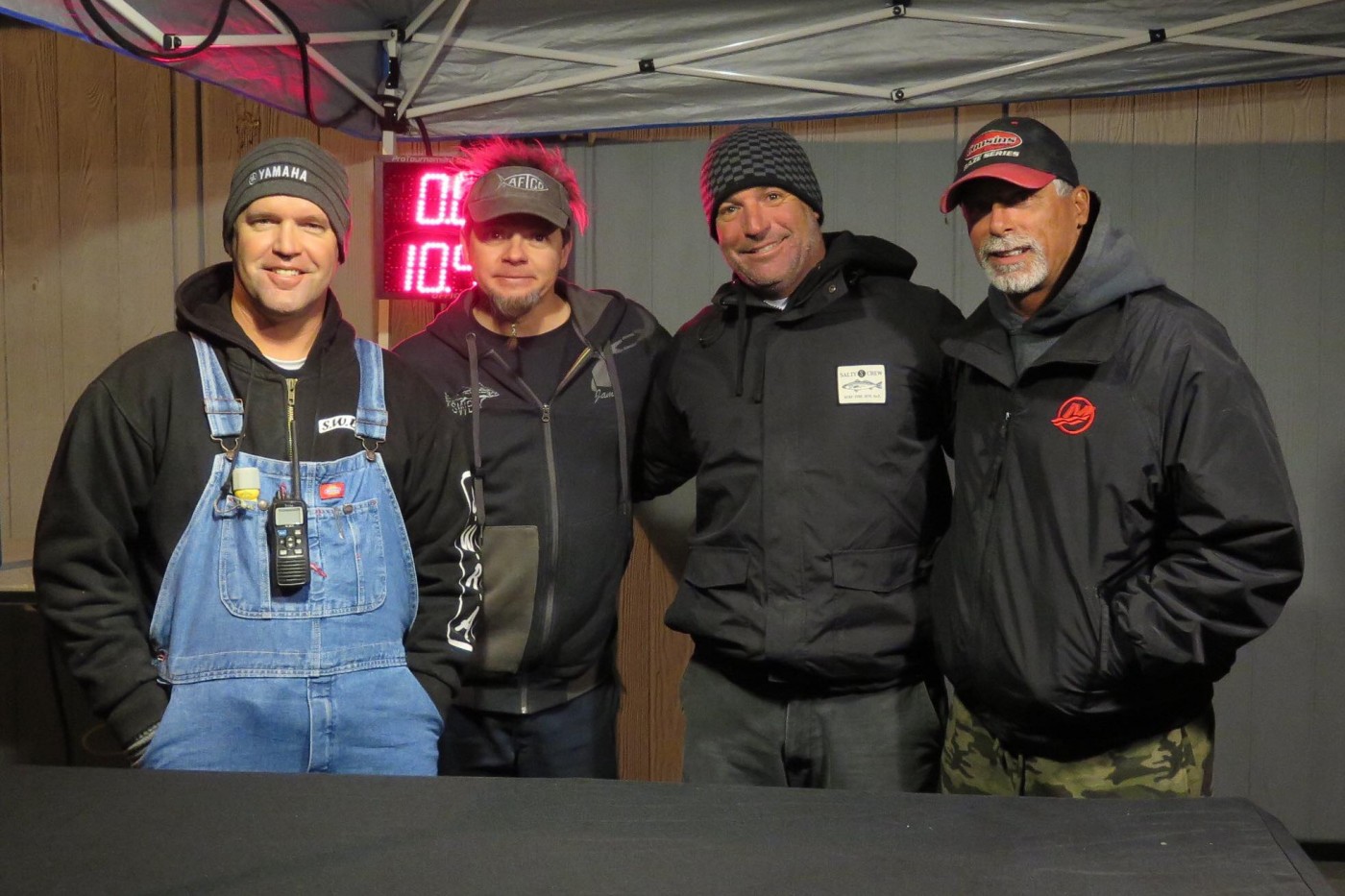

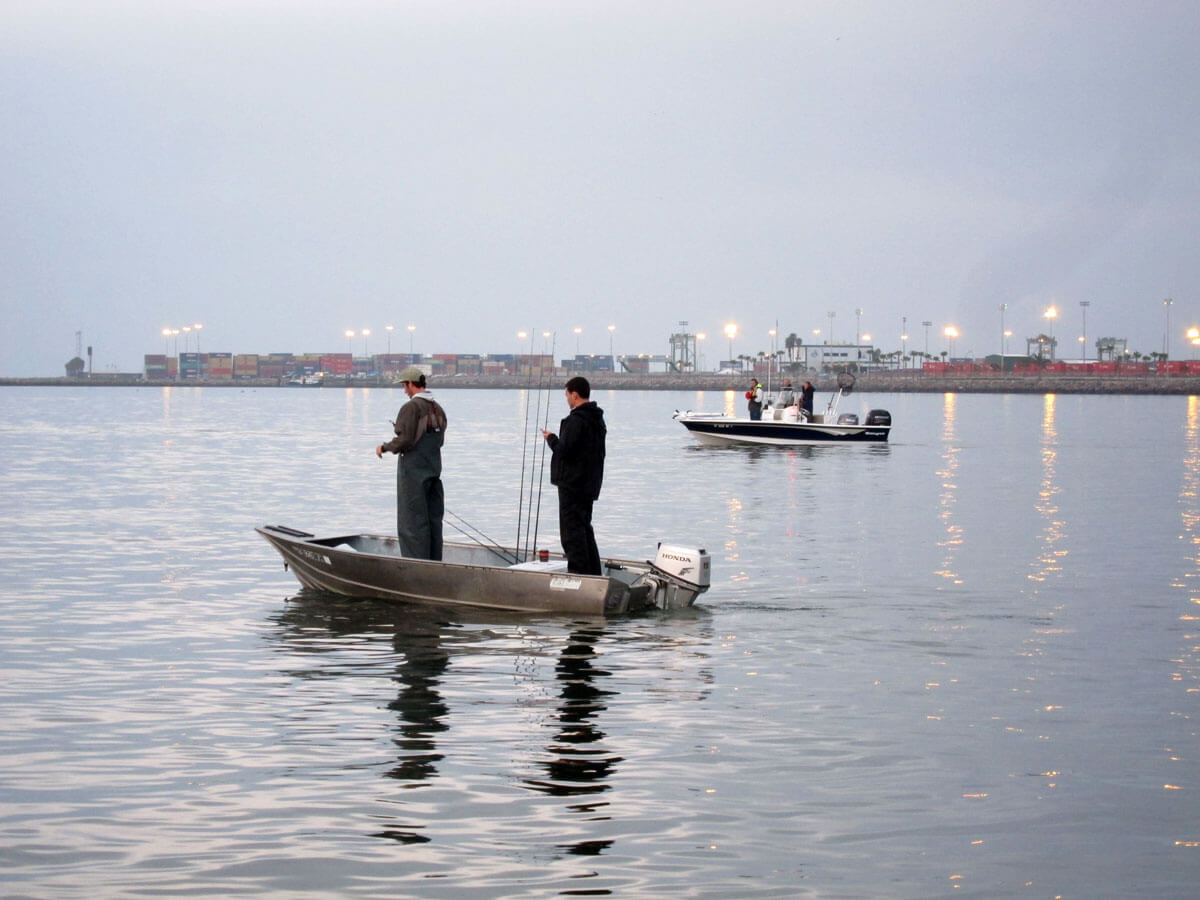
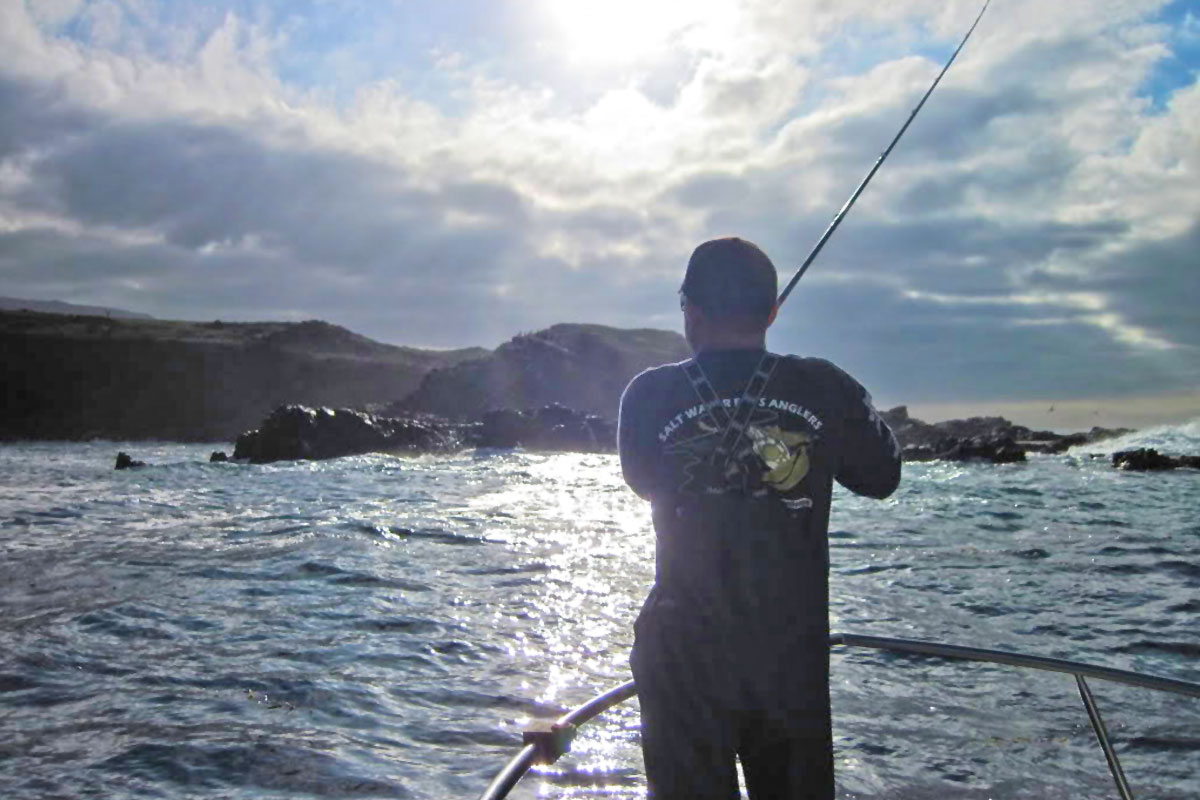
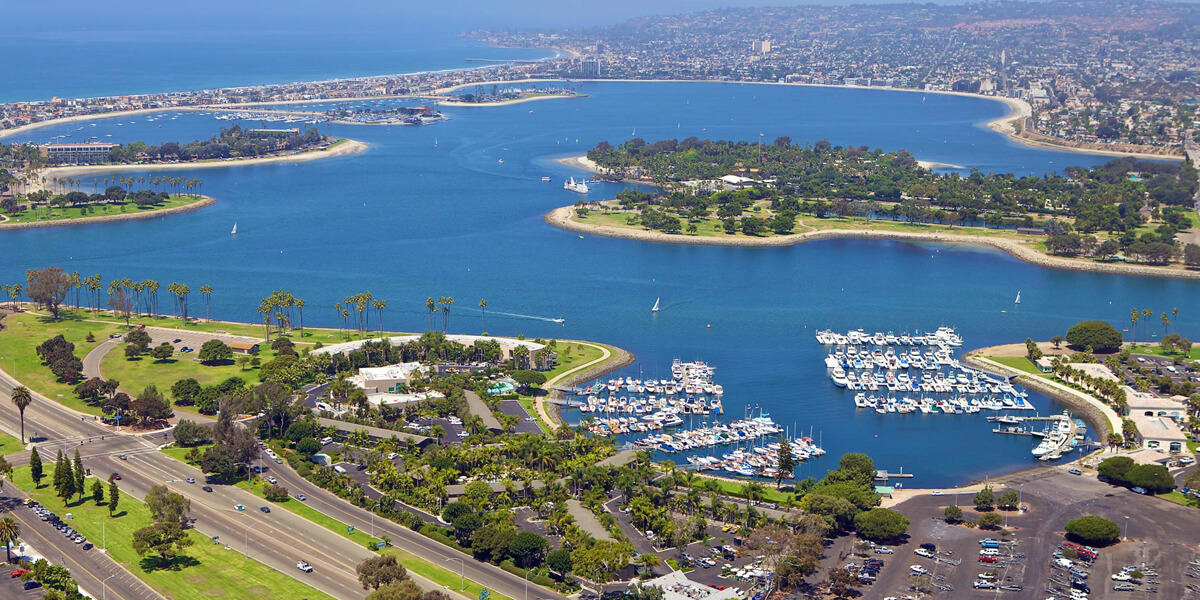
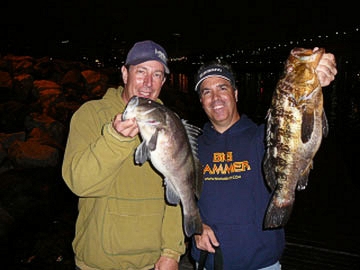

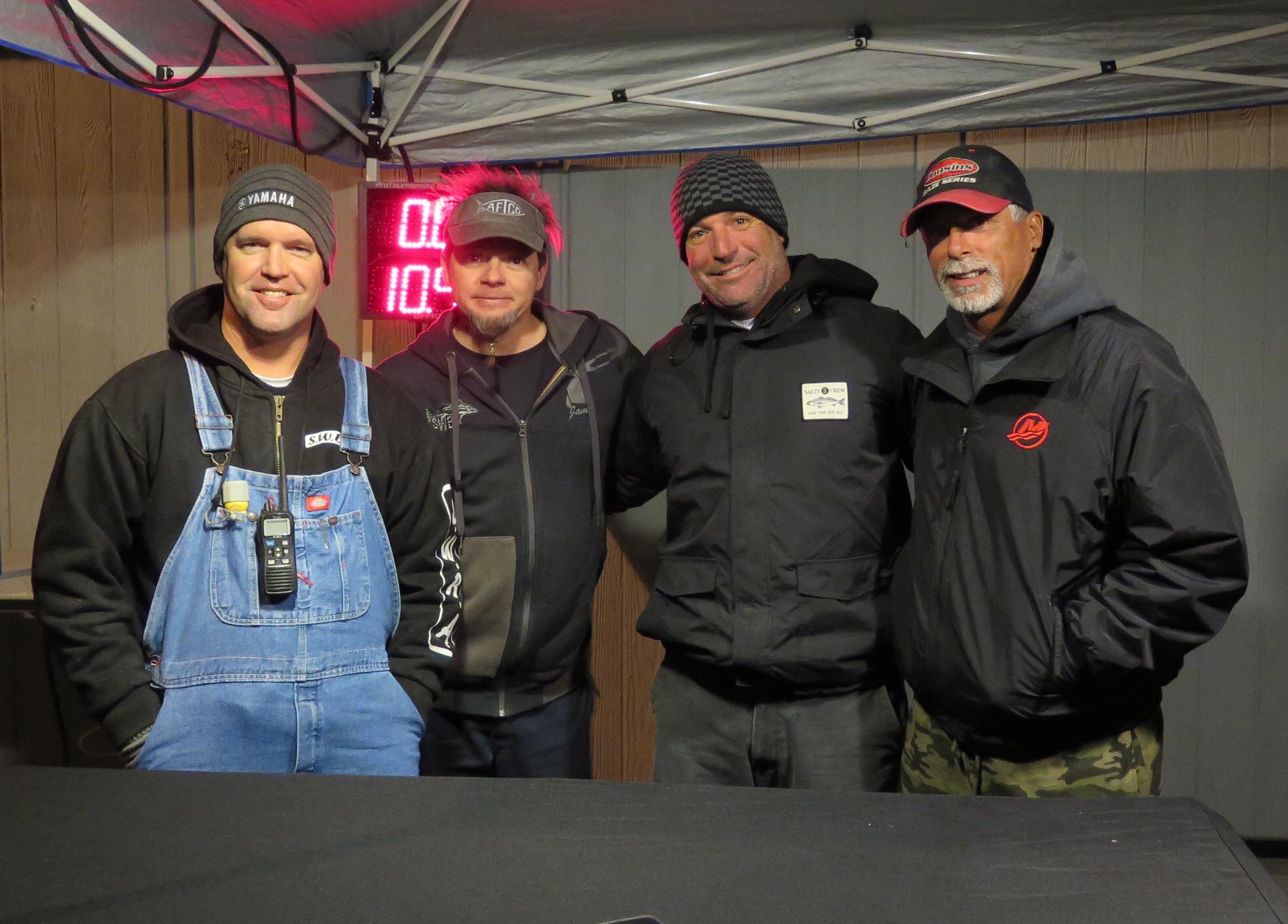






Got something to say?